By John D. Poole. For all of John Poole‘s posts supporting Earth Day.
*******
Single serve coffee makers have grown tremendously popular over the past two decades. Nowadays, take a walk down the coffee aisle of your local supermarket, and you’ll see many brands and varieties of single-shot “coffee pods” or “cups”. The Keurig K-Cup is a well known design that nearly all these coffee pod products conform to. The Keurig corporation was, in fact, founded on this concept.
My own Keurig single-serve coffee maker, with pre-packaged and reusable pods.
However, the coffee pod concept has met with considerable criticism for its obviously negative environmental impact. Though it might excel at delivering a consistent cup of coffee, the pod itself clearly is an overly manufactured. Wasteful piece of packaging for delivering something as simple as a single cup of coffee. Furthermore, the pod has no clear “recycling strategy”; once used, it retains its coffee grounds, and as such, shouldn’t be disposed along with empty plastic recyclables. The only immediately obvious thing to do is toss it in the trash, and that’s probably what most folks do.
You can almost recycle an entire pod, if you’re willing to work at it. Remove the aluminum foil top, compost the grounds, and throw the plastic cup in with the recyclables. There’s also a mesh filter that holds the coffee in place; I don’t know if it’s compostable, or not. Clearly, this is more work than most of us would care to do.
Using Reusable Pods
Now, as a confirmed coffee lover, I must admit I really like my single-serve brewer. When all I want is a single cup (or two), it’s far more convenient, and takes less time, than brewing a small pot. However, I avoid buying those environmentally unfriendly plastic coffee pods altogether.
Instead, I rely on the re-usable/re-fillable pods that both Keurig and a number of third party manufacturers have recently brought to market. Not only do they eliminate the environmental impact resulting from continuously manufacturing and throwing away those plastic pods, but they also lower consumer costs (those twelve packs of pods are invariably expensive). You can use whatever ground coffee, or teas, etc., that you prefer, with your single serving coffee brewer, just as you would a pre-packaged pod. And when done, you can easily remove the waste, and rinse the reusable pod clean.
So, if leveraging reusable coffee pods eliminates the waste disposal problem otherwise associated with a single-serve coffee maker, then the only remaining issue is: How energy efficient is a single-serve coffee brewer, versus, say, brewing a small pot of several cups, and attempting to keep it warm for a while?
Intuition says that brewing a pot of coffee must at least save more energy per cup. After all, economy of scale is almost always realized by volume production. Clearly, the total energy expended would at least be ameliorated over the multiple cups brewed. Right? And for that matter, what if I use a conventional pot brewer just to make a single cup of coffee? What would the energy cost be in that case?
Various re-usable filters and coffee pods are available, for both conventional brewers, and single-serving appliances.
Comparing Energy Consumption
Well, it turns out that that common sense assumption that volume brewing is more efficient might not necessarily be strictly true; what I’d found was that the single-serving coffee brewer might, in all cases, be more energy efficient, per cup, than a conventional coffee maker.
What follows is an overview of a simple experiment I performed that led me to this conclusion.
Editor’s Note: For all of John Poole‘s posts supporting Earth Day, find the tag on this site: Earth Day.
I own a Keurig K-Cup single cup brewer, which has a reservoir that holds up to about 6-7 cups of water. I also have a more conventional Cuisinart brewer that can fill a 12-cup coffee pot. Both are relatively new appliances, priced just under $100 each.
* Comparing Energy Costs of Different Coffee Brewers
To compare their relative operational energy costs, I used each brewer to alternately brew a single cup of coffee. (Okay, not brew an actual cup of coffee, but rather, heat a cup of water.) And by “cup”, I literally mean a measured cup. Consisting of eight fluid ounces of water. (Interestingly enough, this is precisely what my Keurig machine meters out when I select the “mug” button on the brewer.) Each time I brewed my cup of “coffee”, I plugged whichever brewer I was using into a Kill A Watt P3 Power Meter, and measured how much electrical energy the brewer consumed in making that cup.
I performed this experiment three times for each appliance, and found that the Keurig consumed about 0.01 kwh (kilowatt hours — a standard measure of a quantity of electrical energy) in brewing a single cup of coffee, while the Cuisinart required about 0.03 kwh to brew a single cup.
Kitchen Physics: The test station consisted of the kitchen table, the various coffee makers, a Kill A Watt power meter, and my indispensable Sorcerer’s Apprentice mug (of course).
Next, I measured each appliance while continuously brewing four cups of coffee. For the Cuisinart, this meant filling its reservoir with precisely four cups of water. For the Keurig, it meant filling its reservoir with a sufficient amount of water (four cups or greater), and then manually brewing four cups in succession, one cup at a time.
Again, I tried this experiment a total of six times; that is, three trials for each brewer. I found that the conventional Cuisinart brewer consumed a total of 0.09 kwh, or about 0.023 kwh per cup. On the other hand, the Keurig required a total of 0.06 kwh, or about 0.015 kwh per cup. The Cuisinart certainly exhibited greater efficiency per cup in this trial than it did when brewing a single cup. But it was still more costly per cup than the Keurig. [I’m not quite sure why the Keurig measured a bit higher here than it did for a single cup; it could’ve been that the power meter was simply collecting more data, and therefore, producing a more accurate assessment of the actual cost of brewing coffee with the Keurig. But it still consumed less energy per cup than the more conventional, high volume coffee brewer.]
*Expanding the Sample Size
Finally, I borrowed a friend’s basic (and slightly older) Keurig single-serving brewer, and used it to brew four cups in succession. It consumed a total of 0.05 kwh, or about 0.013 kwh per cup. In terms of measured energy performance, it was the most efficient of all three brewers. However, in all reasonableness, I should emphasize that these numbers — “0.015”, “0.023”, and “0.013” — are, in the grand scheme of things, all quite comparable.
The main point here is that, in terms of the energy consumed in producing a single cup of coffee, the single-serving brewers in my possession were certainly no worse than the conventional brewer. Whereas intuition might claim the opposite to be true. In fact, the single serve coffee brewers were slightly more efficient.
And the winner is: A very basic Keurig single serve coffee brewer. The most energy efficient of all three of the appliances I measured.
And in conclusion…
This experiment wasn’t a product comparison, nor a product endorsement of any kind. Nor was it a scientific investigation (and I received no compensation, from anyone, for writing this post). Rather, this experiment was what the scientifically inclined might call a quick probe. A simple, informal investigation just to get a ball park idea about whether or not a certain assumption is reasonable. Here, I’ve shown that a single-serving coffee brewer, when combined with a reusable coffee pod/filter, is probably a more environmentally sound strategy for daily coffee brewing than one might otherwise assume. Even when brewing multiple, single-cup servings.
So, if you’re environmentally conscious, and own (or are considering purchasing) a single-serving brewer, you probably need not be concerned about its degree of environmental impact over that of a conventional coffee brewer. Just make sure you have those reusable pods.
Oh, and one more thing. Make it a point to compost those spent grounds, rather than just sending them to a landfill… ;-)
*******
Happy Earth Day to all! And many thanks to jb bartkowiak, for offering me, yet once again, the great privilege of authoring an Earth Day article for Building Moxie!
*******
Cheers, John!
To get smarter about the Energy we use, please see our categories, Energy Conversation & Energy Usage. ~jb
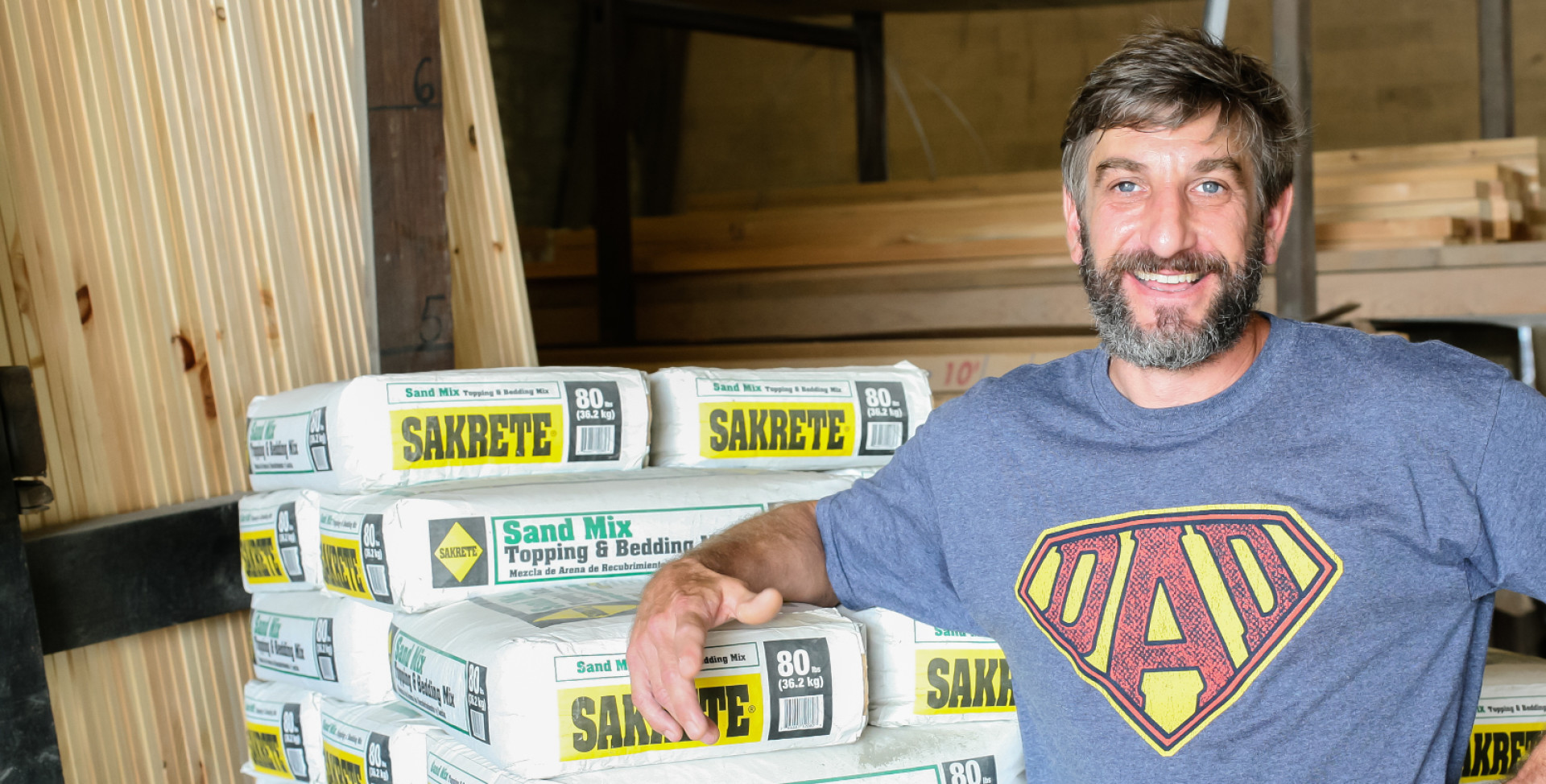
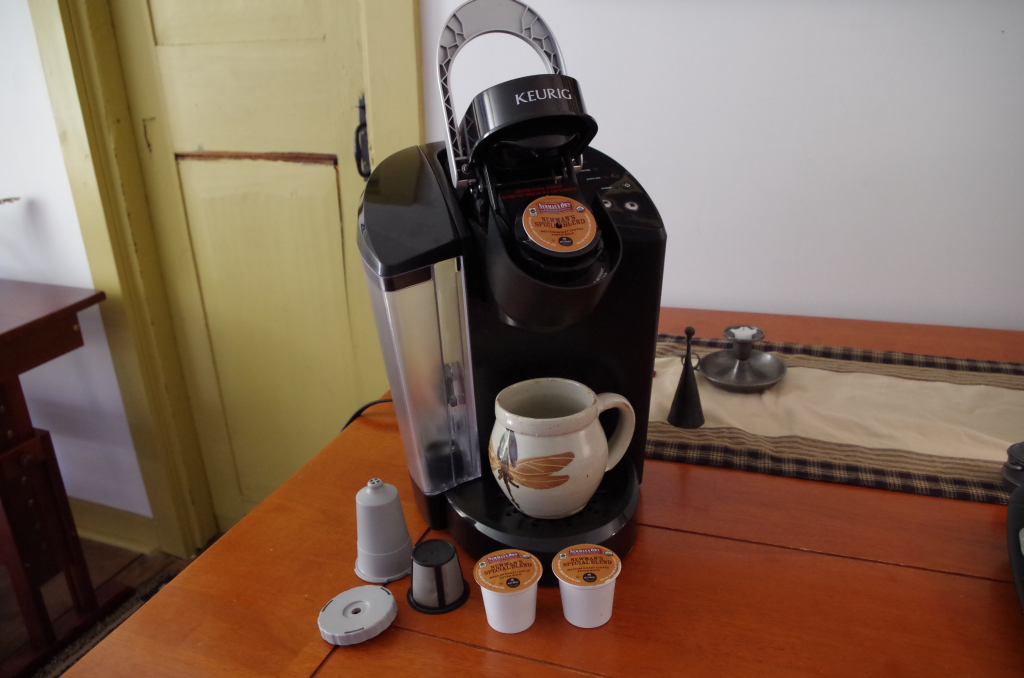
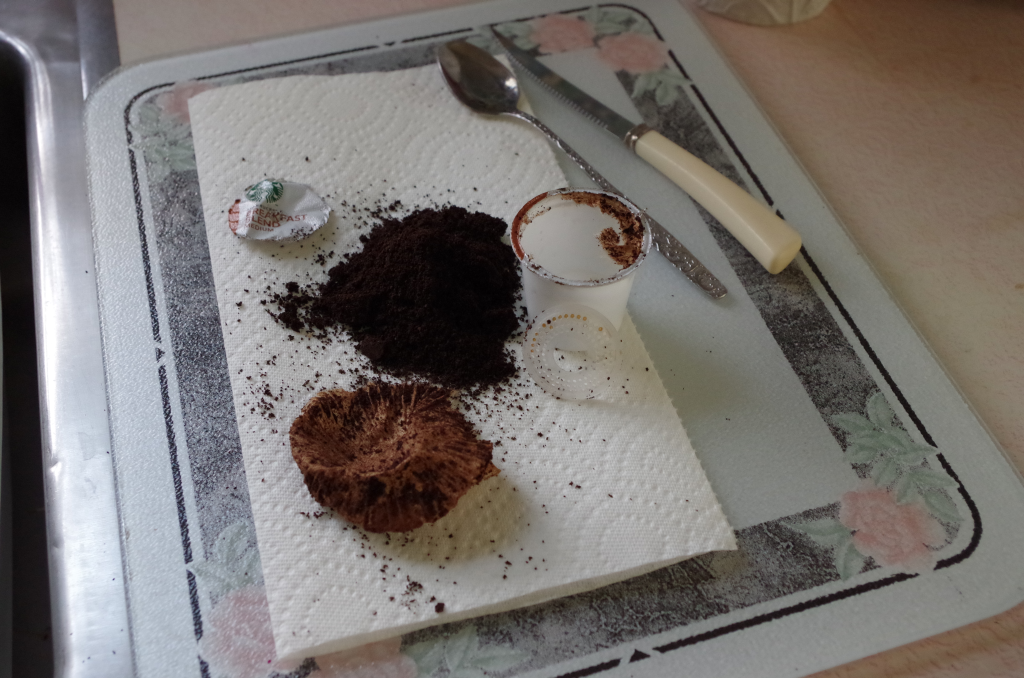
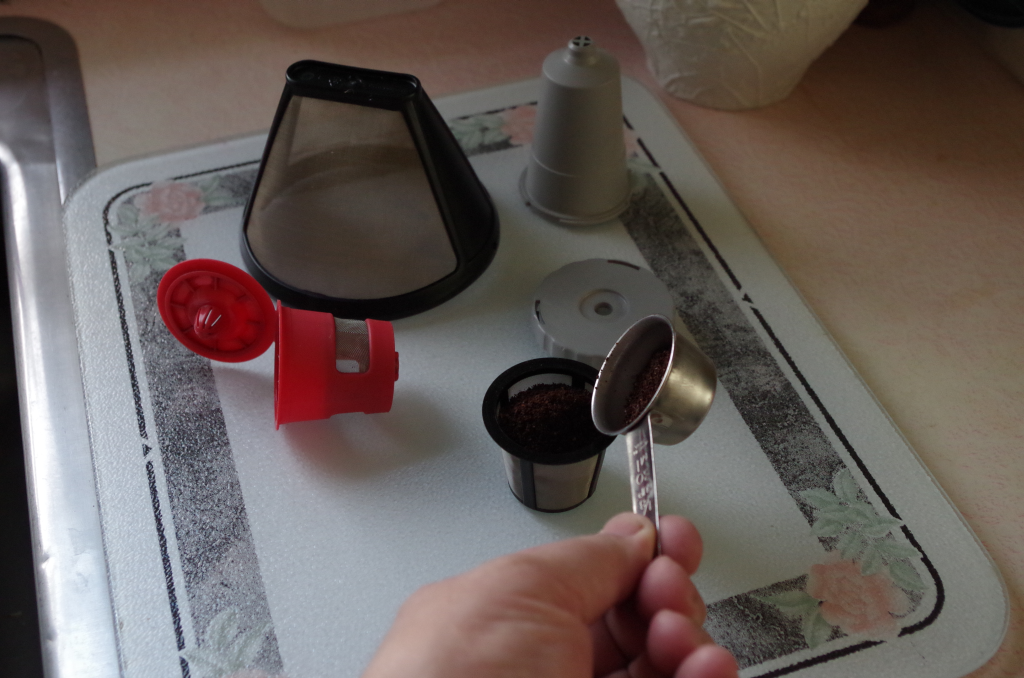

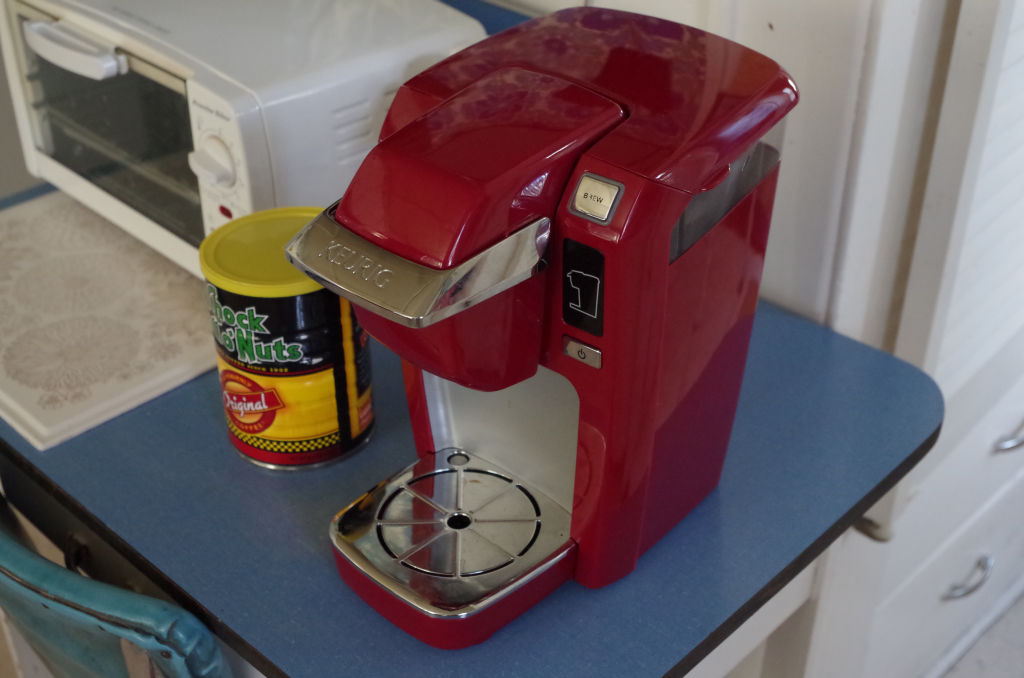
Event though math was involved, I liked knowing this because the results were NOT what you’d expect. And now I’m glad I didn’t buy the single-serve Keurig when it was on sale, as I’d hate to waste all that plastic. As to grounds, we compost them for the garden.
Thanks, Alexandra! Well, as long as you’re willing to keep using (filling, emptying, and cleaning) reusable pods, you won’t being wasting anything. But one is indeed easily tempted to go over the “dark side” by the convenience of manufactured pods. All I have to say is: “Stay strong, and go to the light!” :-)